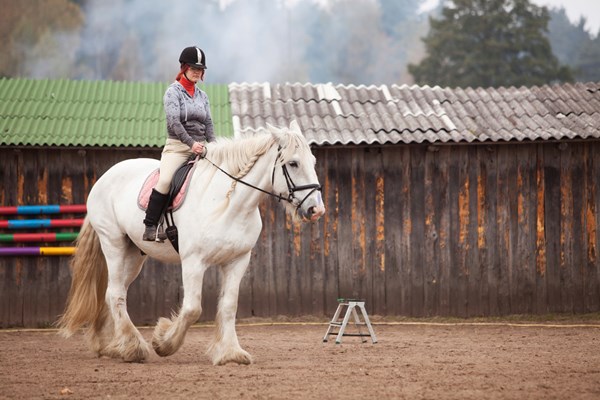 Credit: Thinkstock The results of this study suggest that maintenance energy requirements of equids vary linearly with body weight.
Credit: Thinkstock The results of this study suggest that maintenance energy requirements of equids vary linearly with body weight.Sometimes it’s good to verify what you think about feeding. It seems logical that when horses are bigger and weigh more that their feed amount (energy intake) would be higher. While there are some exceptions to any rule, the scientists at Kentucky Equine Research (KER) gave us a look at a study using widely differing sizes of horses and their energy requirements for maintenance.
In this study, researchers conducted a series of experiments in which the resting maintenance energy requirements of equids varying greatly in body size were measured.
Four mature animals of 125 kg (275 pounds), 206 kg (455 pounds), 500 kg (1,100 pounds), and 856 kg (1,890 pounds) were fed three different levels of intake, and the net amount of energy retained at each level was determined. Each individual horse’s resting maintenance requirement was then determined by regression analysis of energy intake against energy balance. The level of energy intake that would result in zero energy balance was considered to be the animal’s maintenance energy requirement.
The results of this study suggest that maintenance energy requirements of equids vary linearly with body weight.
This report of research conducted in 1985 by KER founder and president Joe D. Pagan, PhD, and coworkers was published in Proceedings of the 9th Equine Nutrition and Physiology Society Symposium.
Read the entire research paper, titled The Relationship Between Body Weight and Energy Requirements in Horses.


